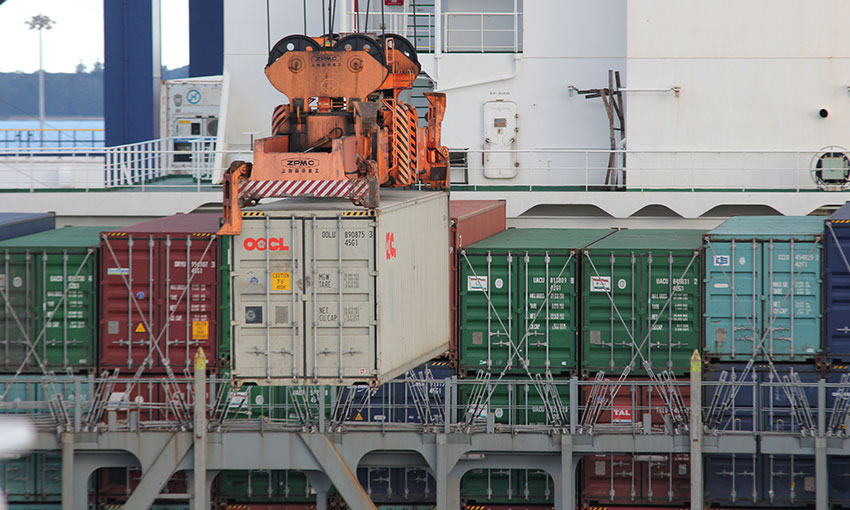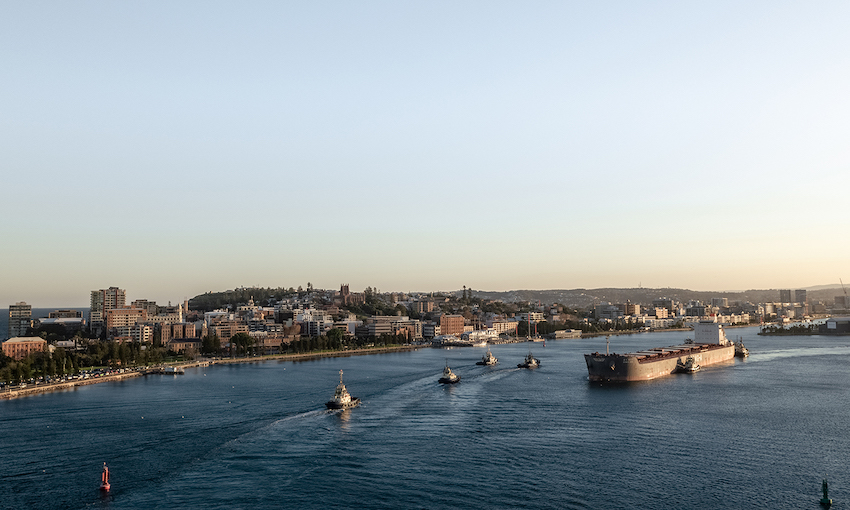Dear Sir,
I would like to comment on the recent opinion article by Shipping Australia Ltd (SAL), published in DCN, about Australian container port performance. I believe that SAL has been somewhat selective in the way it has interpreted the quoted report The Container Port Performance Index 2020 (CPPI 2020) by IHS Markit/the World Bank published in 2021 in declaring that Australian container ports performance is “dreadful”.
Some in-depth reading of the report reveals that the authors acknowledge that, this being the inaugural report “the joint team intends that the methodology, scope, and data, will be enhanced in subsequent annual iterations, reflecting refinement, stakeholder feedback, and improvements in data scope and quality”.
Having read the report in more detail it appears that there is certainly room for improvement. I find it hard to believe that ports in our region like Bell Bay (ranked 163), Port Moresby (ranked 211), Noumea (ranked 124) and Wellington (ranked 141) are considered better performers than Australia’s capital city ports. It also surprises me to find that respectable ports such as Southampton (ranked 317), Felixstowe (ranked 322) and Valencia (ranked 308) find themselves at the bottom end of the table.
However, careful of the report Appendix A (page 85 onwards) paints, in my view, a more truthful picture of the performance of Australian container ports. The Appendix ranks the ports according to categories of vessel sizes with ranging from <1500 TEU to >13,500 TEU. If we look at the categories of vessels that call at Australian ports, that is: 1501-5000 TEU, 5001-8500 TEU and 8501-13,500 TEU, the report paints a different picture with most Australian ports sitting around the 150 to 175 ranking, in the middle of the table rather than as reported by SAL “in the 25% of the worst performing container ports in the world”.
Whilst not being anywhere near the top performers, I believe this ranking to be reflective of the fact that Australia does not have the volume of containers that warrants container terminal investment similar to the likes of top performers such as Yokohama, Singapore and others. Furthermore, most of the high-ranking ports are transhipment ports rather than gateway ports such as Australia’s capital city ports. Having said that, comparative ports in our region such as Auckland and Tauranga are ranked at 118 and 100 respectively, so there is certainly room for improvement in the performance of container ports in Australia.
I would also like to point out that SAL highlights that “one day of delay can cost shipping companies $91,000” a number of shipping companies are recouping these costs by charging US$350 per TEU as a congestion surcharge in certain Australian ports recently. Based on an average exchange of 3000 TEU per port call this equates to a cool $1.35 million!
Let’s hope that feedback from the stakeholders, as requested by the authors, helps to improve the second and subsequent reports so a more truthful picture of global container port performance emerges in years to come and that Australian container ports are able to lift their performance. Congestion surcharges may then no longer be necessary.
Peter van Duyn
Maritime logistics expert
Centre for Supply Chain and Logistics, Deakin University





